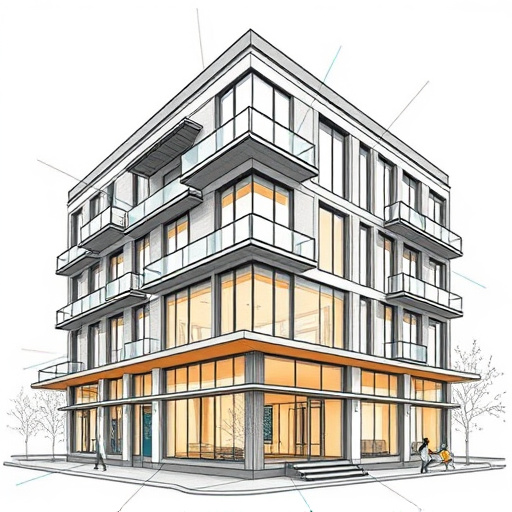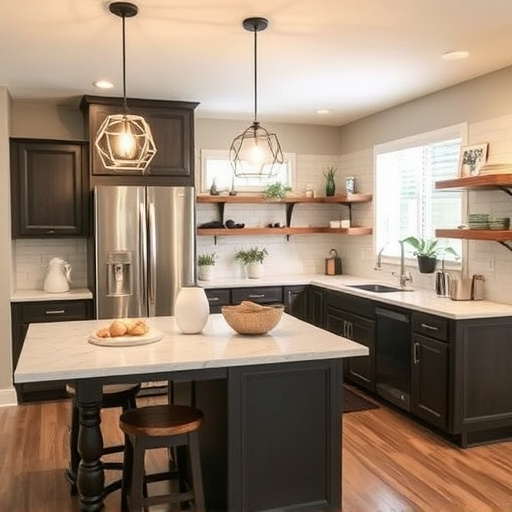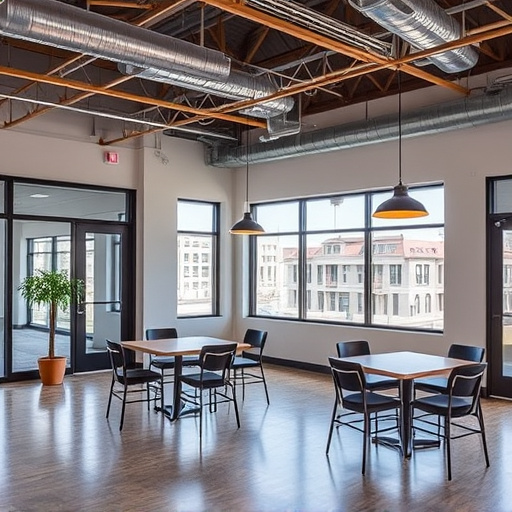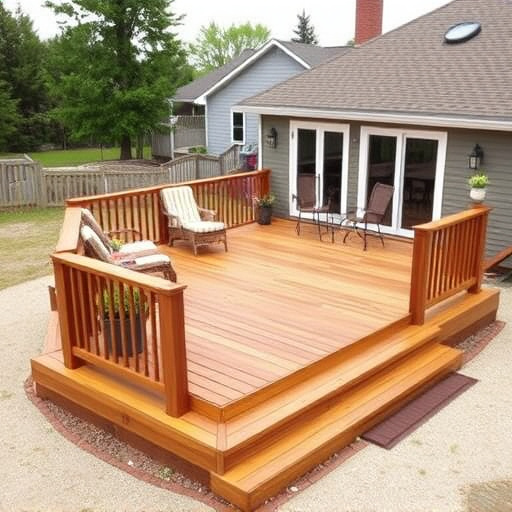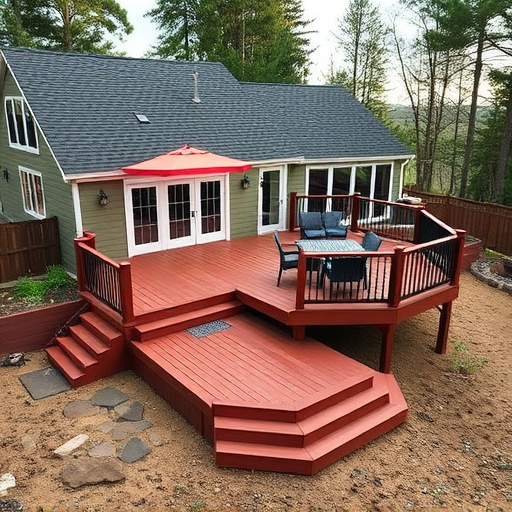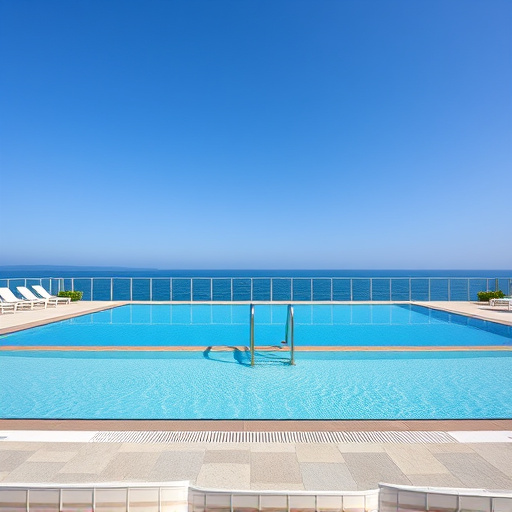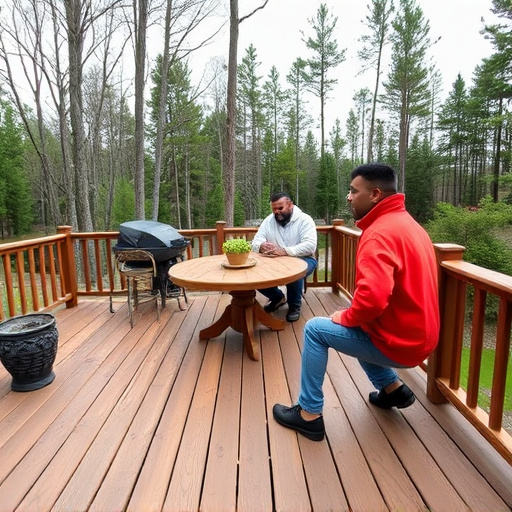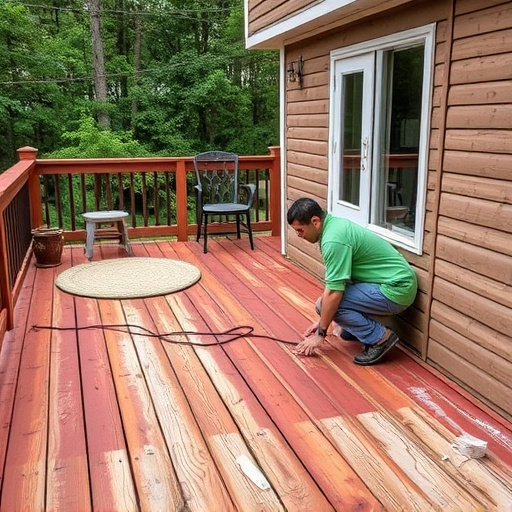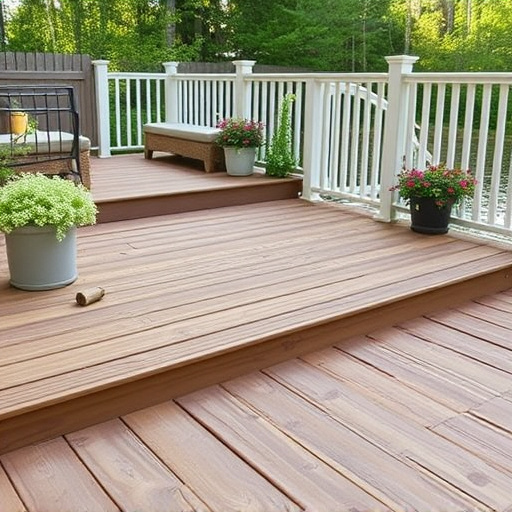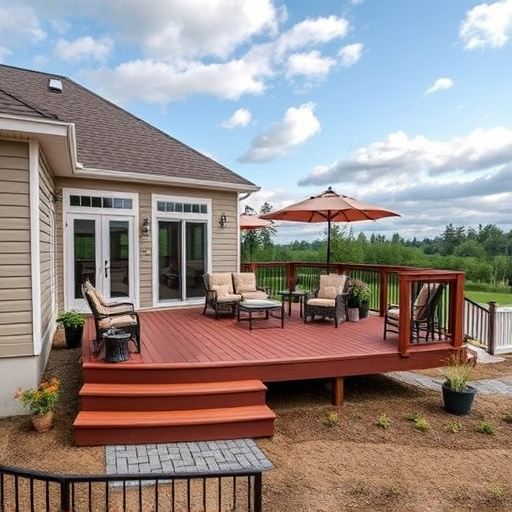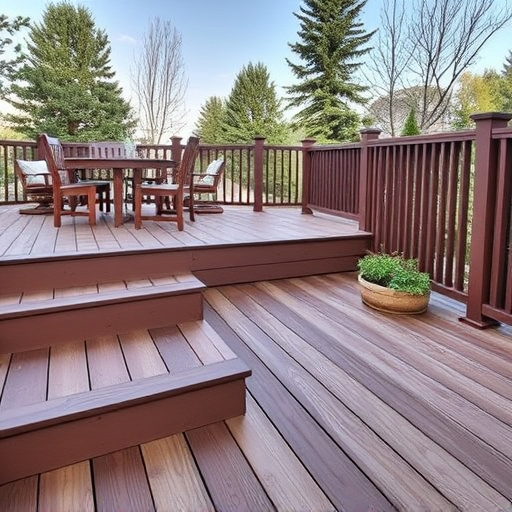When designing a custom deck, prioritize safety with slip-resistant decking options to prevent accidents, especially on wet surfaces. Choose materials like specialized composite woods, treated wood, or advanced vinyl/rubber surfaces for enhanced traction. Professional siding services and roof consulting ensure structural integrity, adding home value while maintaining slip-resistance. Select textures, grooved boards, or non-slip coatings, and incorporate efficient drainage systems to prevent water accumulation. These safety measures ensure both aesthetic appeal and practicality in deck design.
“Elevate your outdoor space with custom deck design tips from expert builders. Discover the secrets to creating a safe, functional, and visually stunning deck using slip-resistant materials. From selecting natural versus composite options to understanding crucial factors like texture and traction, this guide ensures your deck is both beautiful and secure. Learn how to incorporate safety features seamlessly, optimize space, and maintain long-lasting results with expert installation techniques for slip-resistant decking that stands the test of time.”
- Choosing Slip-Resistant Materials for Safe Decking
- – Understanding slip resistance and its importance
- – Types of slip-resistant decking materials (natural vs. composite)
Choosing Slip-Resistant Materials for Safe Decking
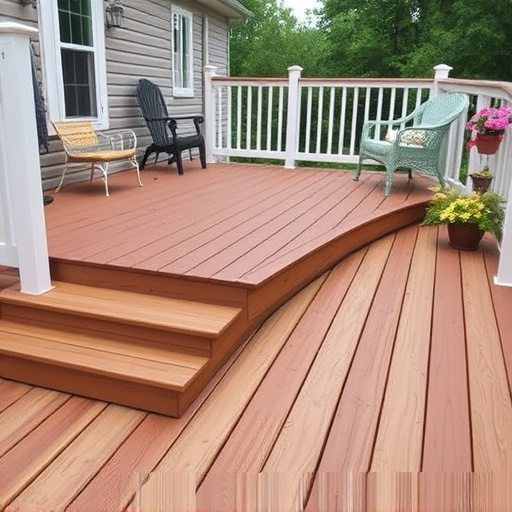
When designing a custom deck, prioritizing safety should be at the forefront of your mind, especially when it comes to choosing the right materials. One of the most important aspects is selecting slip-resistant decking options to ensure a secure and worry-free space for you and your loved ones. This is particularly crucial if your deck will be used frequently, especially by children or elderly family members.
Opting for slip-resistant decking materials not only enhances safety but also adds value to your home. There are various options available in the market today, including specialized composite woods, treated wood, and even advanced vinyl or rubber surfaces. These materials are designed to provide excellent traction, reducing the risk of accidents caused by slippery conditions, especially when wet. Additionally, considering professional siding services or roof consulting for your deck’s construction can further ensure structural integrity and longevity, making it a safe haven for all kinds of outdoor activities.
– Understanding slip resistance and its importance
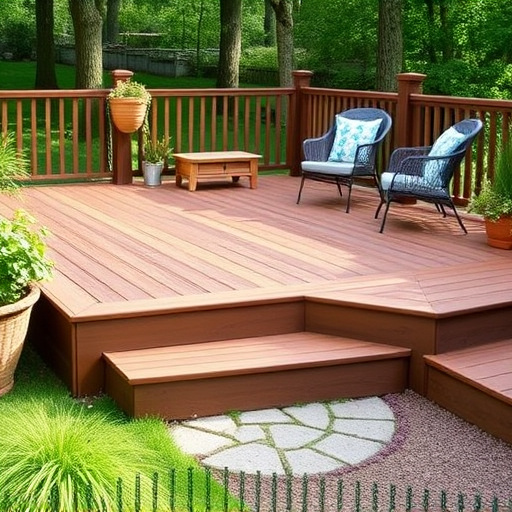
Creating a custom deck involves careful consideration of various factors to ensure safety and functionality. One critical aspect often overlooked is slip resistance. This feature plays a vital role in preventing accidents, especially on outdoor spaces that are prone to wet conditions. Understanding slip resistance is essential for designing decking that offers both aesthetic appeal and practicality.
A slip-resistant deck surface reduces the risk of falls, making it safer for homeowners and visitors alike. When selecting materials or planning designs, builders should consider textures and finishes that provide traction. Incorporating these features can be as simple as choosing grooved or perforated boards or adding non-slip coatings. Additionally, proper drainage systems, such as efficient siding and gutters, and even residential roofing solutions, contribute to maintaining slip-resistant decking by preventing water accumulation. A roof consulting service might offer valuable insights into the best practices for both residential roofing and ensuring the overall safety of custom deck designs.
– Types of slip-resistant decking materials (natural vs. composite)
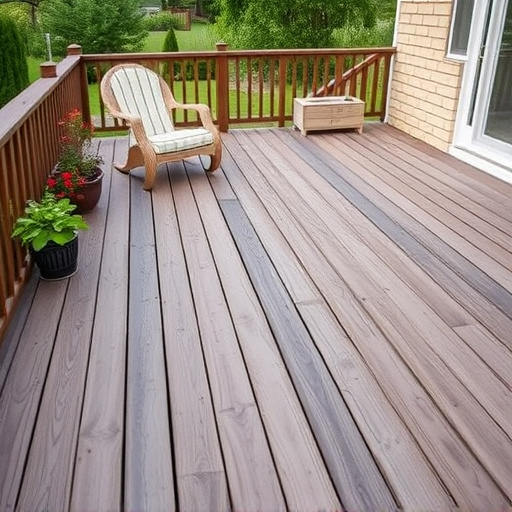
When designing a custom deck, selecting slip-resistant decking materials is crucial for safety and functionality, especially in areas with high foot traffic or wet conditions. There are two primary types to consider: natural wood and composite materials. Natural decks, such as those made from teak or cedar, offer a classic aesthetic and excellent durability. However, they may require regular maintenance like staining or sealing to enhance their slip-resistance over time. Composite decking, on the other hand, is known for its low maintenance requirements and superior grip, making it an ideal choice for areas prone to rain or ice. This material mimics the look of wood while providing consistent traction under various conditions, thus reducing the risk of slips and falls.
For commercial roofing services or roof repair in regions with demanding weather patterns, slip-resistant decking is not just a design consideration but a safety imperative. Composite materials, with their inherent grip, can significantly reduce the likelihood of accidents on flat roofs or balconies, ensuring that maintenance workers and visitors alike navigate these areas with confidence. This feature also extends to residential settings, where homeowners can enjoy their decks without worrying about slippery surfaces during rainy seasons or after light frosts.
When designing a custom deck, prioritizing safety through slip-resistant materials is key. By understanding slip resistance and exploring natural versus composite options, deck builders can create durable and secure outdoor spaces. Incorporating these tips ensures not only a visually appealing deck but also a functional and safe environment for all users, making it a valuable asset for any home or commercial property.
